HANS HOFMANN (1880-1966)
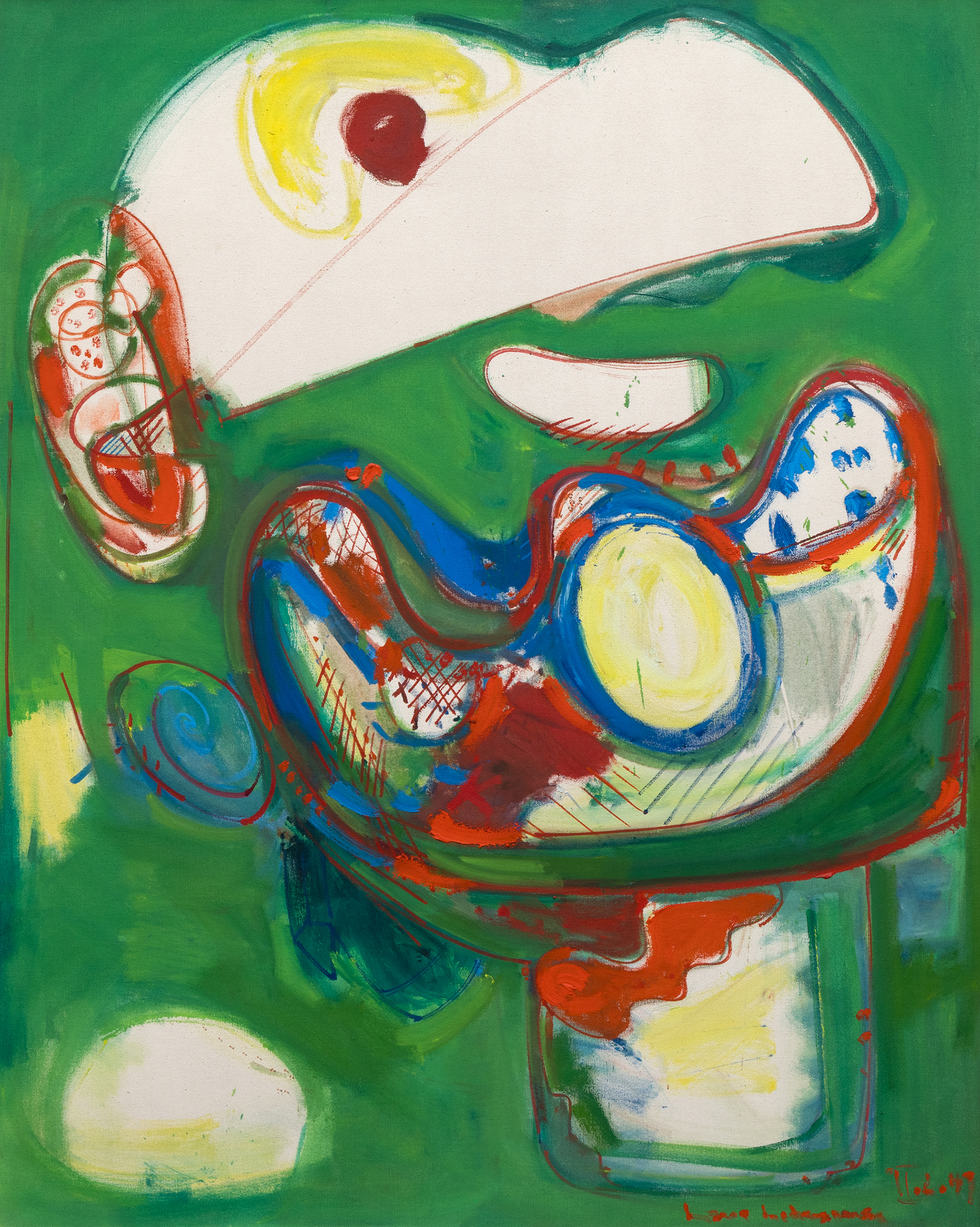
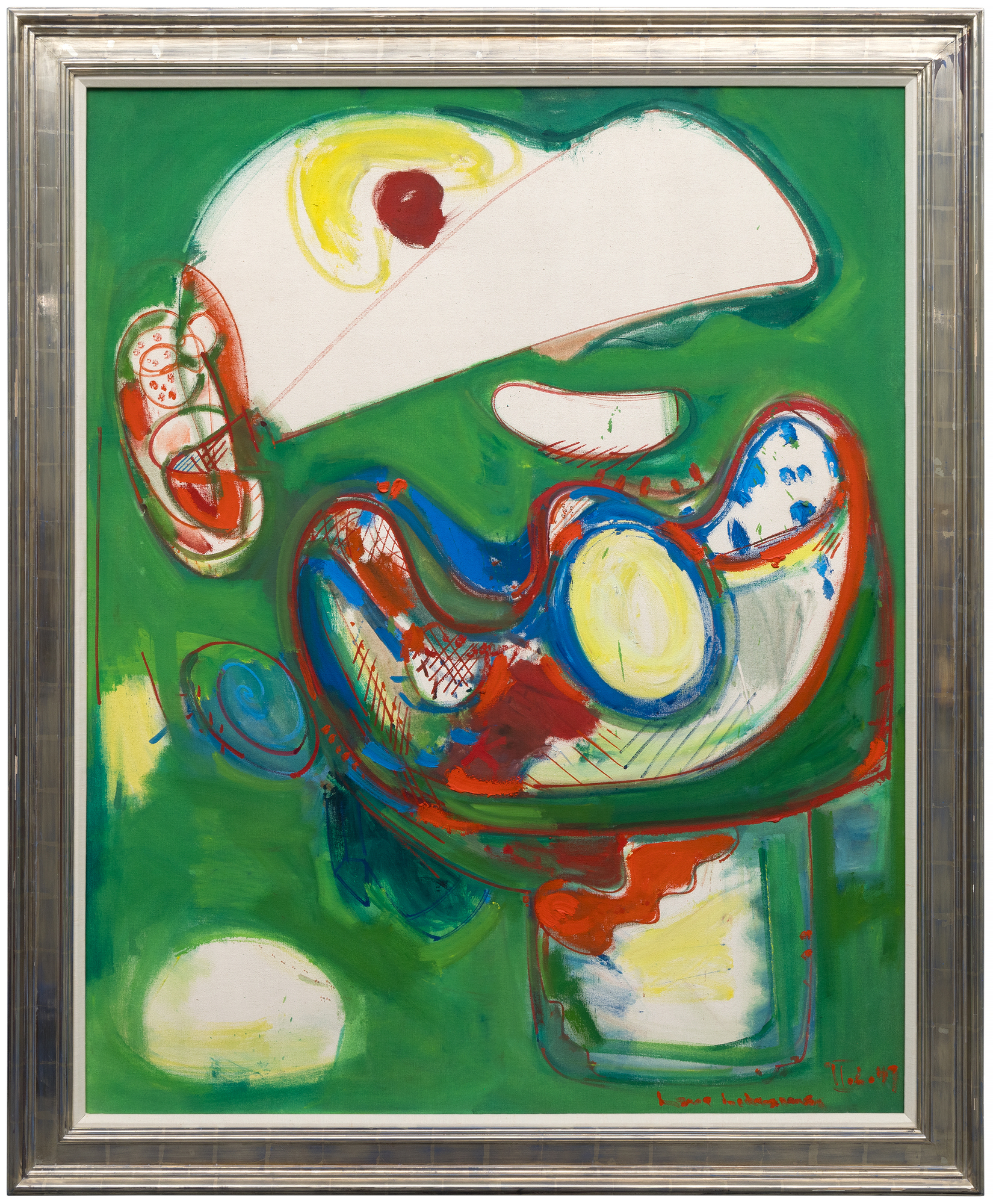
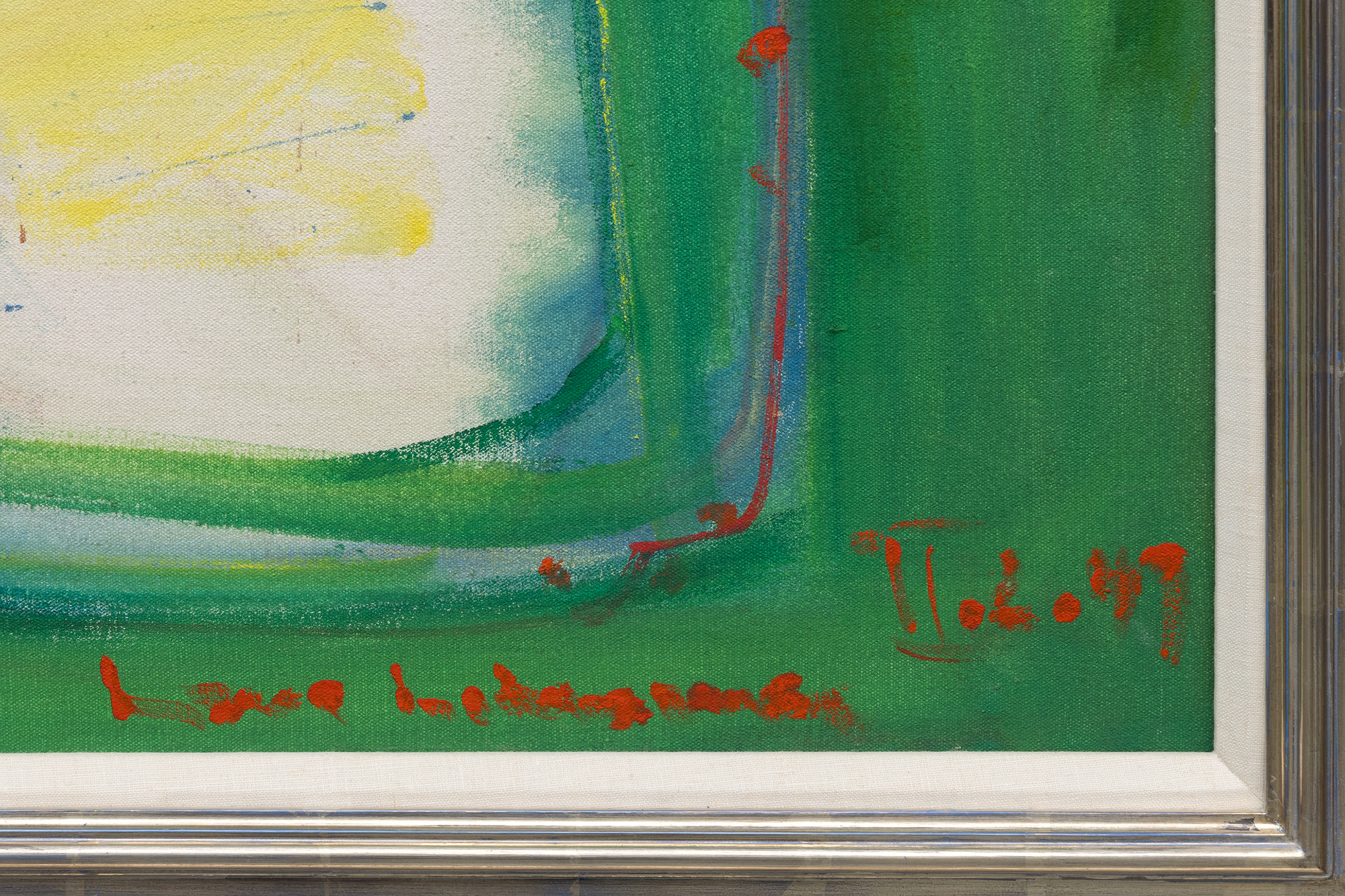




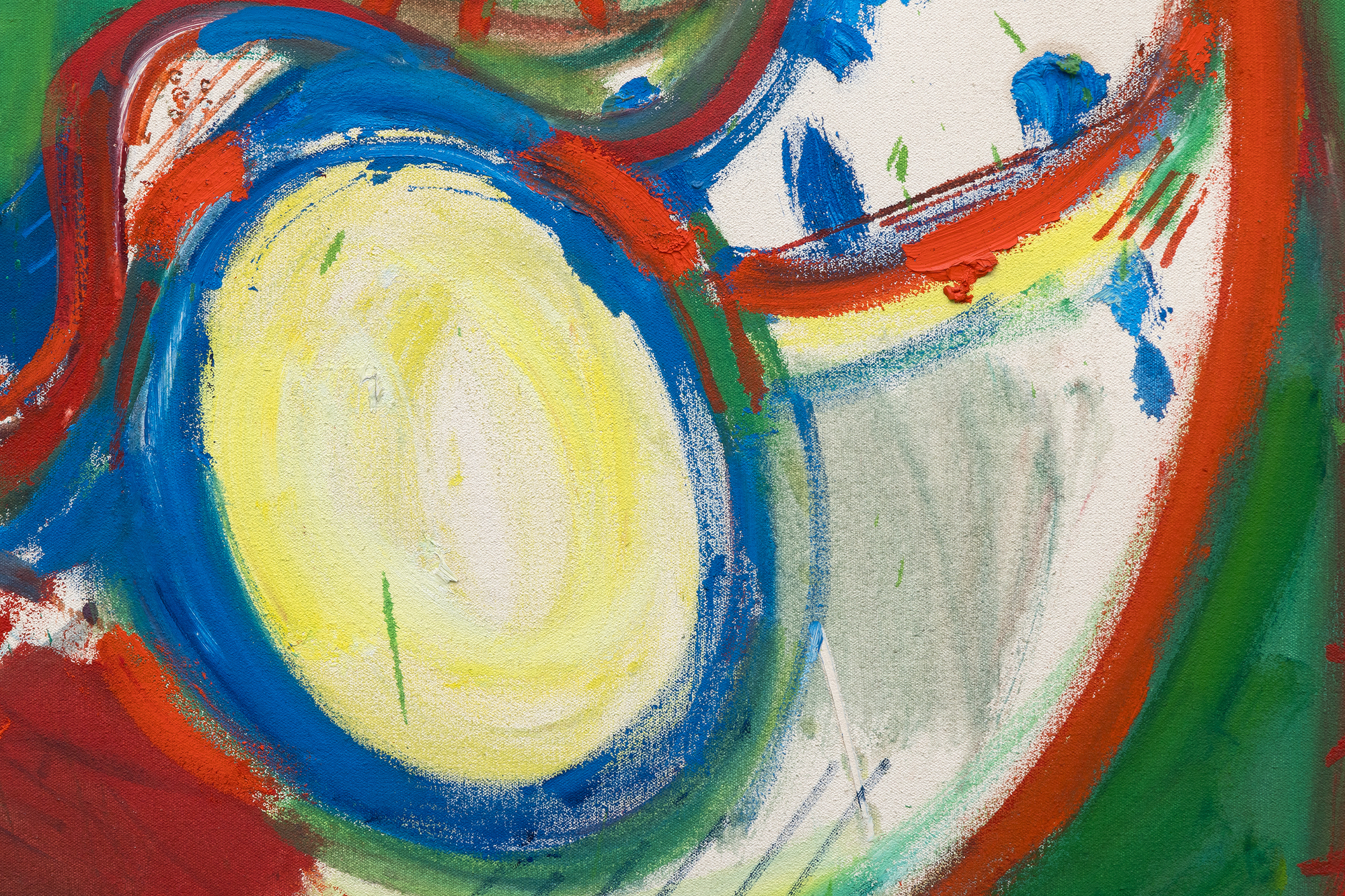
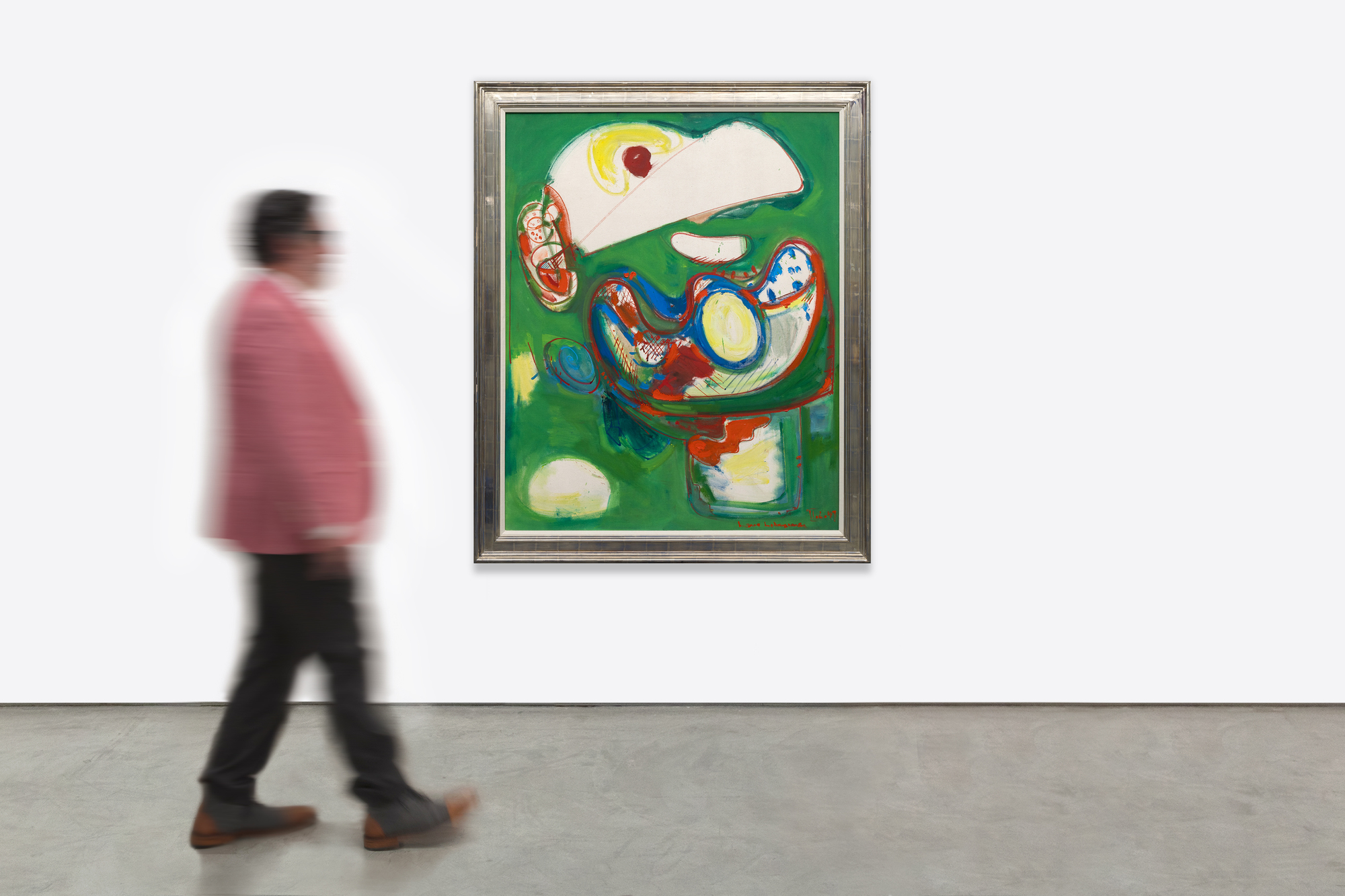
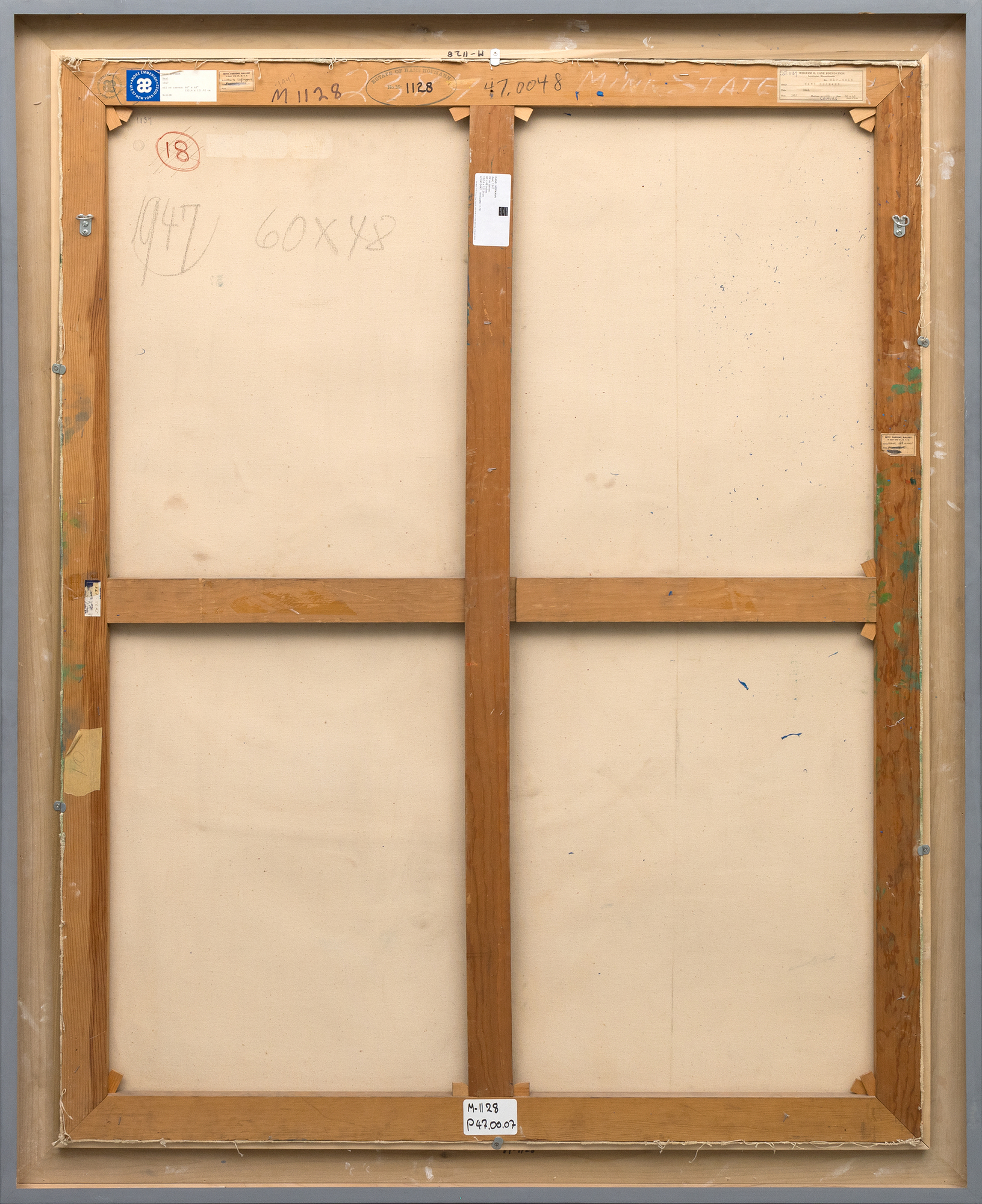
Provenienz
Galerie Andre Emmerich, New YorkNachlass von Hans Hofmann
Ameringer & Yohe Bildende Kunst, New York
Privatsammlung, New Jersey
Ausstellung
New York, New York, Betty Parsons Gallery, Hans Hofmann: Neue Arbeiten, 24. März - 12. April 1947, als Phoenix IIISaint Paul, Minnesota, Minnesota State Fair, als Phönix III, 1947
Paris, Galerie Maeght, Hans Hofmann, Peintures, 7. Januar - 9. Februar 1949
New York, New York, Andre Emmerich Gallery, Hans Hofmann: The Post-War Years: 1945-1949, 12. Januar - 18. Februar 1989
Neu Yo...Mehr.....rk, New York, Ameringer Yohe, Hans Hofmann: The Unabashed Unconscious; Reflections on Hofmann and Surrealism, 30. März - 29. April 2006
Literaturhinweise
Galerie Andre Emmerich, Hans Hofmann: The Post-War Years: 1945-1949, New York, 1989, Abb. 5 (in Farbe)Jed Perl, Hans Hofmann, das schamlose Unbewusste: Reflection on Hofmann and Surrealism, New York, 2006, S. 36 (farbig illustriert)
Suzi Villiger, Hans Hofmann: Werkverzeichnis der Gemälde, Band II, Surrey, 2014, HH Kat. Nr. 1137-1947, S. 392 (farbig illustriert)
...WENIGER..... Preis715,000
Im Alter von 65 Jahren gemalt, zeigt Baal auch Hofmanns Bereitschaft, frühere Disziplinen wieder aufzugreifen und sich gleichzeitig mit den Herausforderungen der Abstraktion der Jahrhundertmitte auseinanderzusetzen. Die lebhafte Farbpalette und die kühne Verwendung von Komplementärfarben, insbesondere die Gegenüberstellung von Rot und Grün, verstärken die Dynamik des Gemäldes. Seine muskulöse Pinselführung spiegelt auch sein lebenslanges Experimentieren mit der Spannung zwischen Form und Freiheit wider; wellenförmige Linien und biomorphe Formen erinnern an den surrealistischen Einfluss von Miró und die spirituelle Resonanz von Kandinskys gestischen Abstraktionen. Wie diese Vorgänger versuchte Hofmann, die "innere Notwendigkeit" in einen visuellen Ausdruck zu übersetzen, geleitet von seiner fruchtbaren Vorstellungskraft. Die flächigen Elemente und geschwungenen Formen von Baal spiegeln jedoch auch den Einfluss der improvisierten Malerei wider, die ein Markenzeichen des Abstrakten Expressionismus ist, wie er von Zeitgenossen wie Arshile Gorki und anderen praktiziert wurde. Es ist eine Komposition, die vor Bewegung und Energie strotzt und einen Kosmos im Fluss suggeriert - chaotisch und doch wohlüberlegt.
Baal wurde im selben Jahr in der Betty Parsons Gallery in New York ausgestellt und zeigt Hofmanns Entwicklung als Meister und Innovator. Mit seiner lebendigen Dynamik und seinem symbolischen Titel verkörpert das Gemälde Hofmanns Fähigkeit, die Abstraktion mit elementarer Kraft zu durchdringen und eine zutiefst persönliche Erforschung von Form und Farbe zu schaffen.


